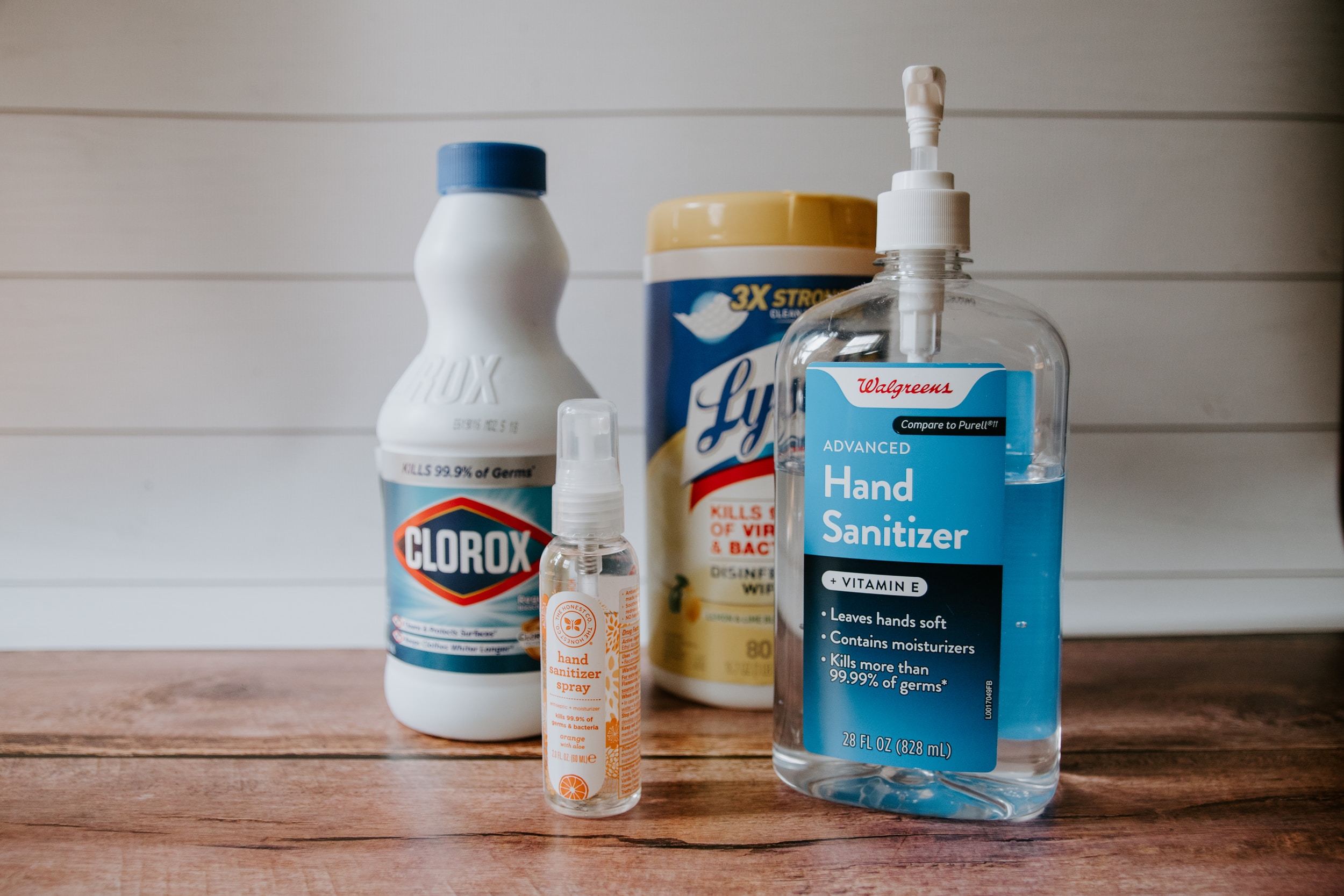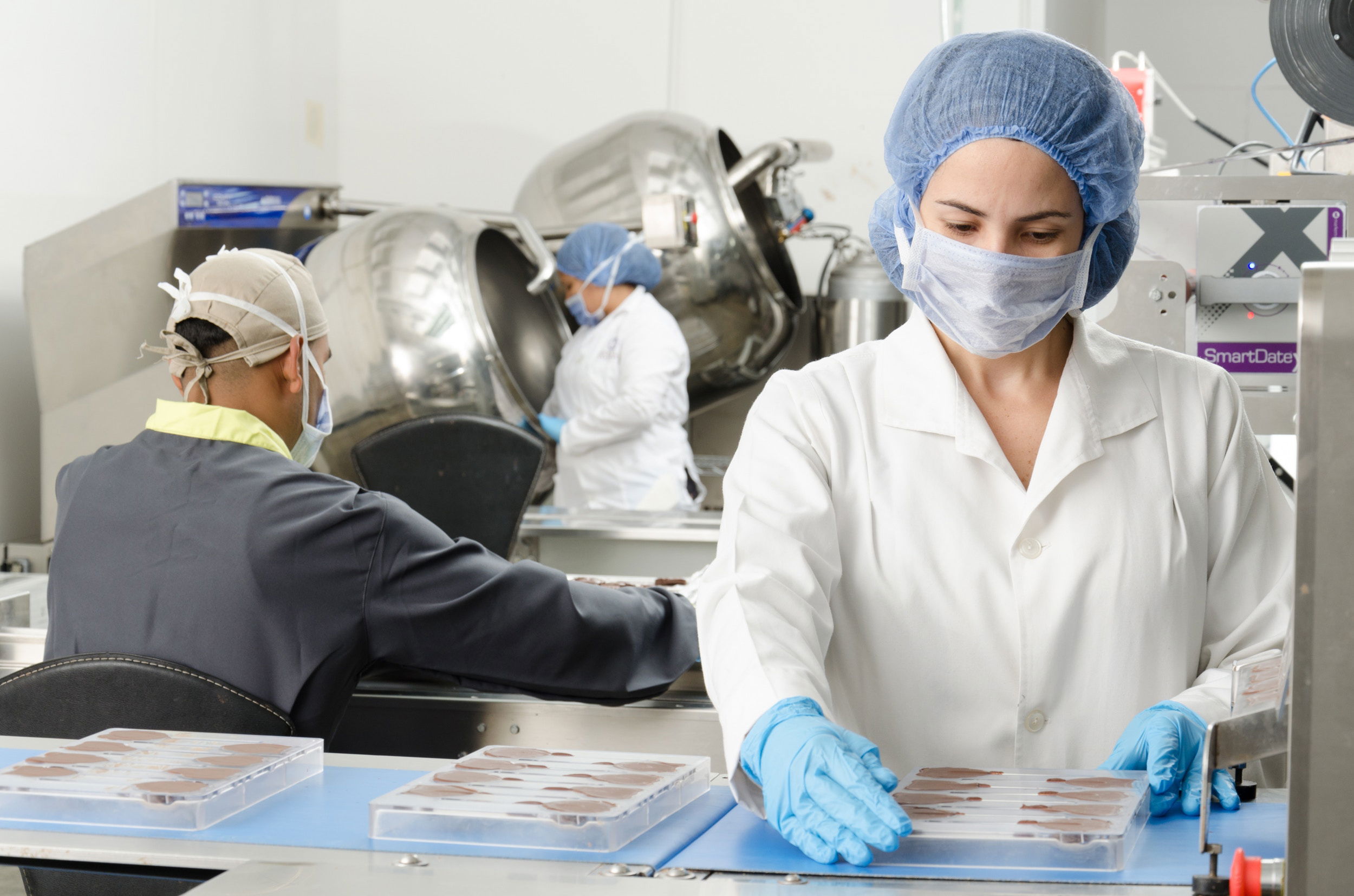In stepping into the environmental toxins conversation, you'll likely encounter people who will say "Just tell me what to buy" or "Just tell me what to do".
In some ways, this is great because it means people are eager to take action, but if they skip over learning the why and understanding the context of their new choices or habits, then rarely do those changes become permanent.

What will be talking about are toxins in our personal environment. The Chemicals that piggyback into our homes on the products we buy and use every day.
Things like our cookware, our food packaging, our shampoos, lotions, and make-up. They're found in the water we drink, the furniture we sit on, and the air we breathe.
Studies show that an average new-born baby has detectable levels of over 200 toxic or cancer-causing chemicals on the day of birth. More than 80,000 man-made chemicals are released into the environment every year, but fewer than 5,000 of these have been tested to determine their toxic effect on humans.
We cannot wait for the government to step in and protect us; as consumers, the onus is unfortunately on us to be proactive and look after our own health and wellness. The end result is that we have thousands and thousands of chemicals that as consumers and as humans on this planet we are exposed to every day, many of which are proving to be very harmful. The harm from exposure to chemicals doesn't usually manifest in the obvious ways people might be inclined to think.

There is often an expectation when we hear something is 'toxic' that it is acutely toxic, i.e. that there will be an immediate and severe reaction, say skin rash and blistering, or vomiting and these things, of course, do happen, but they typically happen as a result of high dose exposures - through and accident, or through an occupational exposure.
What we're getting is chronic low-dose exposures - very tiny amounts of chemicals from hundreds of sources every single day.
Health Issues
Weight gain, resistant weight loss, insulin resistance, diabetes, allergies, asthma, autism, learning disabilities, behavioral problems like ADHD, infertility, thyroid issues, autoimmune conditions, leukemia, and a long list of cancers, including childhood cancers.
This is just a partial list of chronic health issues that are linked in some way to exposures to environmental chemicals, and more and more research is pointing to low dose exposures happening on a daily basis as being a significant contributor, and in some cases a casual factor for these conditions. Hundreds and hundreds of studies are being published every year that are finding new connections or reinforcing established connections. So many that it's no longer possible to ignore them as being 'fringe science'.

Awareness
What's excellent is that as more and more people become aware, informed and engaged, the landscape is starting to shift. Large-scale retailers have begun to respond to consumers demands for safer, less toxic products by either phasing out certain highly scrutinized chemicals or putting in place better labelling and disclosure requirements.
This means that the tide is starting to turn, but it's merely a drop in the ocean. Our goal is to take this even further and systematically reduce our exposure to harmful or potentially harmful chemicals, where possible while helping others to do the same. There is a strong emphasis here on 'where possible' because the truth is that there are a lot of chemicals that we are exposed to that we can't avoid, or that are very hard to avoid.

Our Mission
So, our goal is not 100 per cent purity, because that's unattainable, and attempting to get there - to be totally pure, lumps us into the category of what we call 'detoxorexic'. We have seen people become over-the-top obsessed and neurotic about making sure that they never touch anything that might toxic to the body. This kind of behavior creates stress, which is just another kind of toxin, so it's important to adopt a new life way where we live our normal lives while reducing exposures to chemicals.